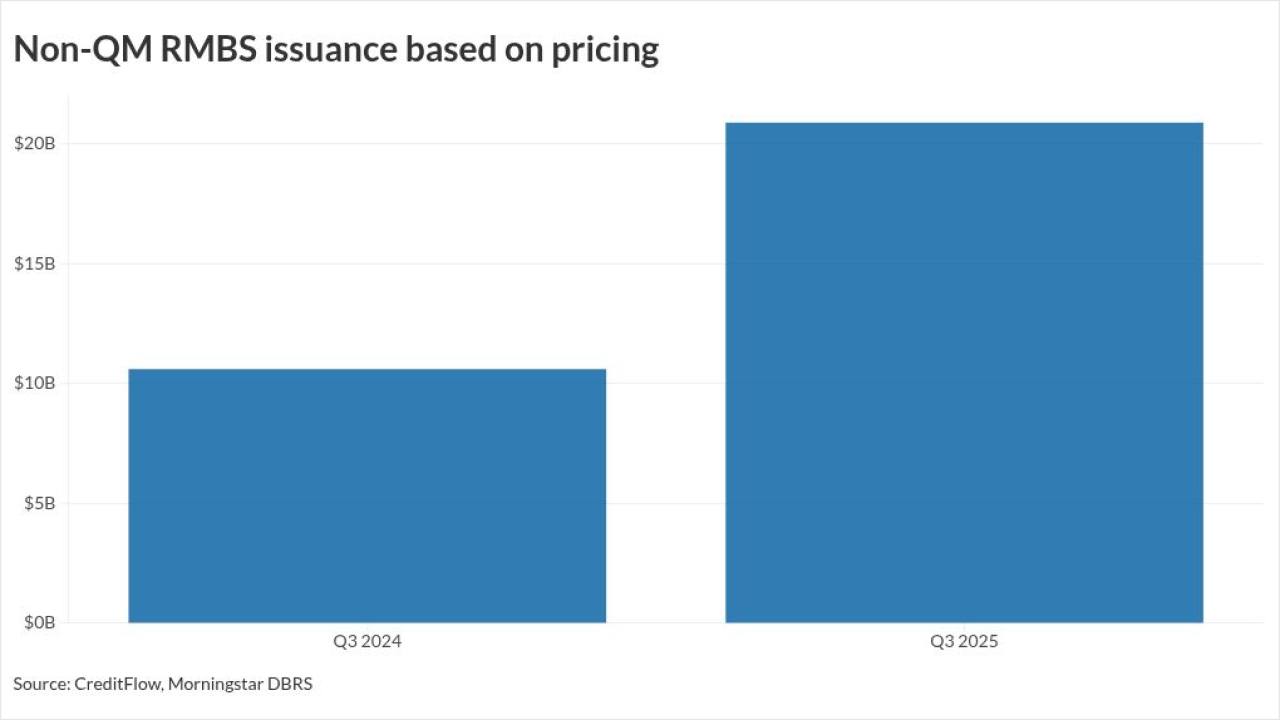
If implemented as-is, the latest risk retention proposals that U.S. regulators will lead to changes in deal structure and credit quality in commercial mortage backed securities, according to a report by Deutsche Bank analysts.
Even though the revised rules announced Aug. 28 are gentler on deals that previous iterations — there is not premium capture reserve requirement, for instance — the results would still send up financing costs for most conduit CMBS by about 10-12 basis points.
The revised rules allow for a 5% retention requirement that could be either a vertical slice or a horizontal slice of the cash proceeds (“fair value”) of the transaction instead of the par value.
Another alternative would be for the issuer to create a reserve account equal to the fair value of the required retained interest. This would be for offsetting losses and interest shortfalls. With a few exceptions, the risk retainer is forbidden from hedging the credit risk and must hold the B-piece for at least five years, instead of the life of the deal as previously proposed.
However, the retained interest can be sold or hedged if the principal balance of the loans has been reduced to 33%. A qualified CRE loan with the potential for half the retention requirement still exists, with somewhat different criteria.
Using an example of a recent CMBS conduit deal, GSMS 2013-GC14, the Deutsche analysts said that if the rules were implemented in current form, the entire BBB tranche would have been retained using the horizontal approach to risk retention. (See below).
Basically the original B-piece was sized at 7.5% (nearly $95 million) of the $1.2 billion notional volume of the deal. But Deutsche analysts said it only represented 2.6% (about $33 million) of the total proceeds. Under the proposed rules, 5% of the total proceeds or about $63 million would have to be retained.
Deutsche calculated that for this transaction, that a full 11.8% of the deal balance would have been necessary to satisfy the retention requirement. The upshot would be retained triple-B tranche, and lower pricing for the different slices as well as lower overall proceeds.





